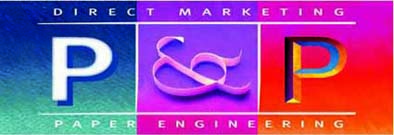Before becoming a paper engineer, I spent ten years as a practicing artist, leading workshops in hand bookbinding and papermaking and as an internationally published author.
My artwork was in paper: collage with handmade paper, printmaking on paper and handmade books and cards created from paper. Many artists who worked in other media came to my workshops to add hand papermaking or hand book binding to their existing skills. When teaching workshops and visiting exhibitions, I saw a treasure trove of amazing artworks, cards and handmade books. They each told stories and were unique in their structures and their use of materials.
When people saw these works they would be intrigued and curious to pick them up. Then, people would explore them, read their stories and contemplate the images. I watched the interaction. People would play with their shapes, ponder them, spend time with them. These works would engage and capture visitors’ attention. Much skill and effort went into them. They carried many poignant stories. It saddened me that these artworks often sat in art galleries where only 20 or 30 people ever saw them. It seemed a shame that this rich and inspiring work was seen by so few.
I compared that intense and intimate interaction with the lackluster response received by most commercial direct mail, charity and trade show give always. As a generalization, direct mail is often dreaded, ignored and discarded and the marketing spend wasted. It is rarely an intense, lengthy or intimate interaction. Many of those messages are presented in a way that does not capture their readers.
Weighing up these two unsatisfactory results started me thinking.
What if I took the ingenious formats, the unusual materials and the inventive storytelling from the handmade world and used that for communicating commercial marketing messages? What of those inventive formats could be produced commercially in high volume? What if I designed new print structures to support marketing messages that would give that intense and intimate engagement? Would they spend longer with the messages?
What could I replicate in the experience of 20 people exploring a handmade artist's book in an art gallery, for 60,000 people with an inventive piece of direct mail? That was the inspiration for my business.
Over all, I’d rather marketers do less print – many communications can be referred to on line as needed. However, when doing print, let us do it well. Let’s use it strategically to start a business conversation, to invite people to events that matter, to direct prospects to online content, and to thank them for their business. Let us take time, consider strategy, the target market and our message’s relevance. Then, let us do it well.
Jean Kropper, Paper engineer and Direct Marketer, Paper and Pixel, Sydney
Paper and Pixel is a global boutique provider of ingenious 3D print products to help businesses communicate what is unique about their offering in engaging ways. Our job is to translate marketing messages into unique forms that engage the senses and inspire response. Clients come to us for higher response rates, engagement and to add longevity to their messages.

